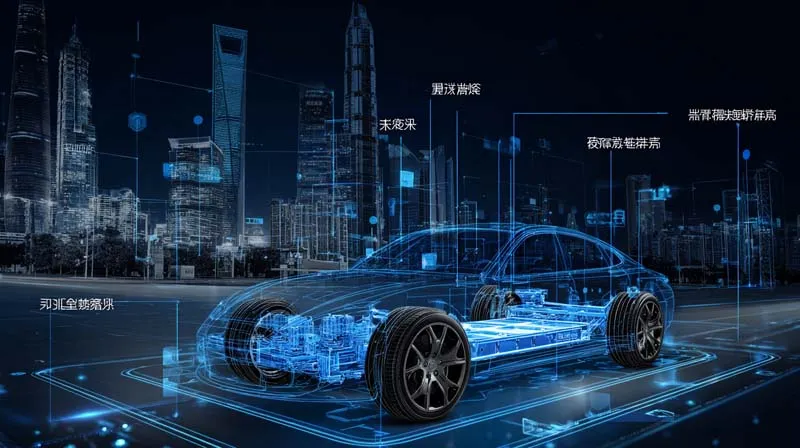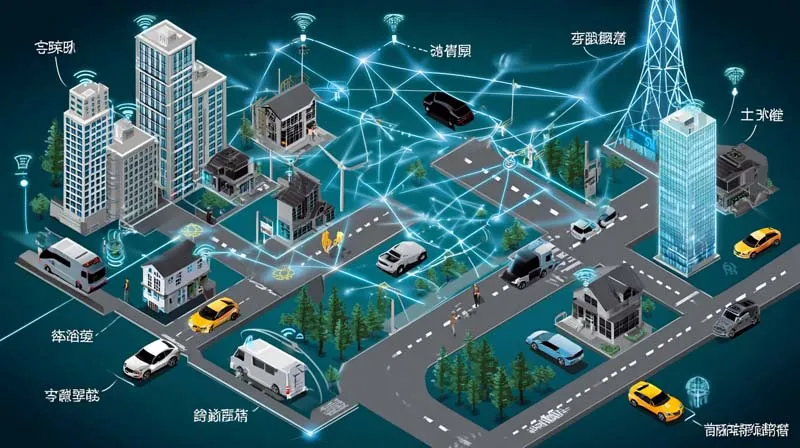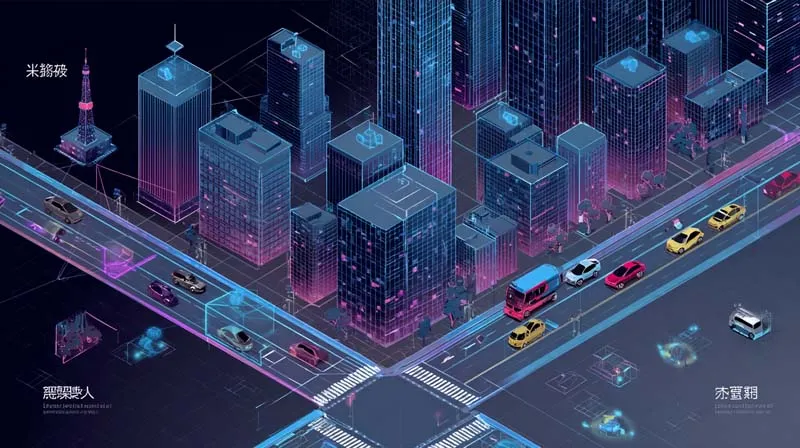IoT and blockchain are reshaping the electric vehicle industry. They tackle key challenges in battery lifecycle management. From production to recycling, trust and transparency are critical. IoT and blockchain create a reliable, efficient trust chain. This article explores their synergy, highlights solutions, and envisions future trends.
IoT and Blockchain: A Powerful Partnership
IoT connects devices through sensors and networks. It gathers real-time data like battery temperature and voltage. Blockchain, a decentralized ledger, ensures data security. Its tamper-proof nature builds trust. Together, IoT and blockchain form a robust system. IoT collects data; blockchain secures it.
For example, IoT tracks battery status during production and use. Blockchain logs this data securely. Smart contracts automate processes like payments. This synergy boosts transparency and efficiency. Thus, IoT and blockchain drive the electric vehicle industry forward.

Challenges in Battery Lifecycle Management
Electric vehicle batteries face complex challenges. The lifecycle includes production, transport, use, and recycling. Each stage has unique issues. In production, tracing raw materials is tough. Consumers question battery quality and origin. During transport, data silos slow down supply chains. In use, monitoring battery health is vital but tricky. Recycling lacks clear processes, hurting sustainability.
Moreover, trust gaps persist across stages. Centralized systems risk data tampering. Inefficiencies increase costs and delays. IoT and blockchain offer solutions. They bridge gaps, ensure trust, and streamline operations.
Solutions Through IoT and Blockchain
Real-Time Data Collection
IoT excels at data collection. Sensors monitor battery metrics like voltage and cycle count. Battery Management Systems (BMS) use IoT to predict failures. This extends battery life. Data travels via 5G or LPWAN networks. As a result, stakeholders access real-time insights.
Secure Data Tracking
Blockchain makes data trustworthy. It records IoT data on a tamper-proof ledger. Every battery’s journey—from raw materials to recycling—is traceable. Smart contracts automate tasks like warranty claims. Consequently, trust and efficiency soar.
Real-World Examples
Globally, companies embrace IoT and blockchain. In China, IoTeX and U Power use DePIN for battery data tracking. Consumers verify battery history via blockchain. In Europe, IBM and Volvo trace battery origins. These projects boost supply chain trust. Thus, IoT and blockchain set industry standards.

Key Benefits
- Transparency: Consumers trace battery origins easily.
- Security: Blockchain prevents data tampering.
- Efficiency: Automation cuts costs and errors.
- Sustainability: Better recycling reduces waste.
Applications and Benefits
Practical Applications
- Battery Leasing: IoT monitors usage; blockchain secures contracts.
- Supply Chain: IoT and blockchain track materials transparently.
- Recycling: Blockchain rewards recycling; IoT assesses battery value.
Economic and Social Impact
IoT and blockchain cut operational costs. Automated processes reduce manual work. Transparent data builds consumer trust. This strengthens market competitiveness. Socially, they support green goals. Efficient recycling cuts waste by 10%. Additionally, they align with carbon neutrality policies.
Limitations
Challenges remain. Blockchain struggles with high data volumes. IoT and blockchain setups are costly. Industry standards need unification. However, innovation and policies can address these hurdles.
Future Trends and Outlook
Emerging Technologies
- AIoT Integration: AI enhances IoT and blockchain. It predicts battery lifespan accurately.
- 6G Networks: Faster networks boost IoT efficiency.
- DePIN Growth: Decentralized networks empower users

Industry Shifts
Global standards are evolving. The ITU pushes for device compatibility. Green tech gains focus. Battery recycling becomes a priority. Consequently, IoT and blockchain will shape the future.
Policy Recommendations
- Support Innovation: Governments should subsidize IoT and blockchain adoption.
- Set Standards: Unified rules enhance collaboration.
- Protect Data: Strong privacy laws ensure trust.
IoT and blockchain transform battery lifecycle management. They deliver transparency, security, and efficiency. From production to recycling, trust chains empower stakeholders. Looking ahead, AI and 6G will amplify their impact. Industries must embrace this fusion. It promises a smarter, greener future.
At the forefront, EELINK Communication drives IoT innovation. With 20 years of expertise, EELINK builds IoT hardware and software. Their solutions span asset tracking, vehicle security, and cold chain management. Committed to connecting everything, EELINK delivers reliable, cutting-edge technology to meet evolving needs.
